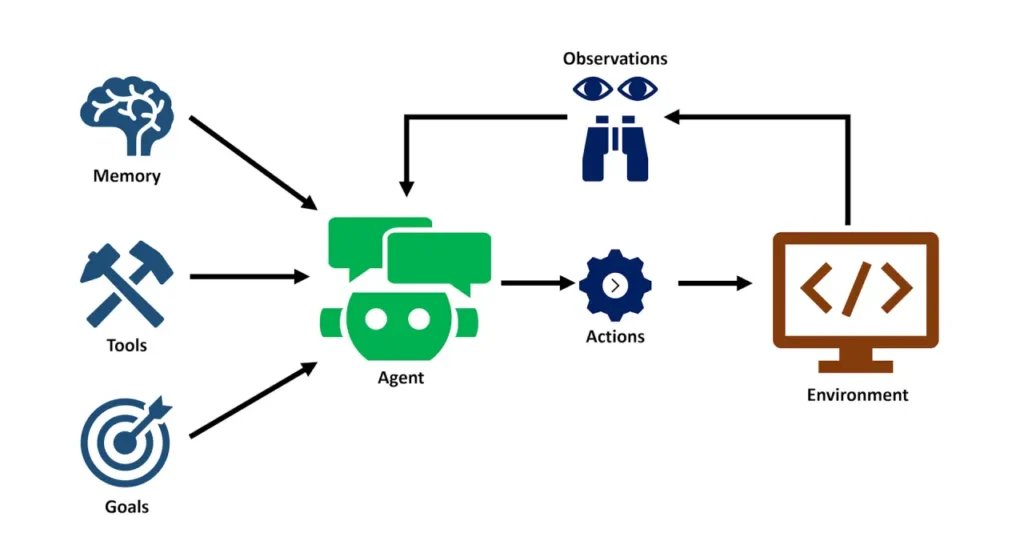What is agentic AI? Explain the tools.
 Sintu K
Sintu KArtificial Intelligence (AI) has moved beyond just answering questions or following commands. Today, we talk about Agentic AI – a type of AI that does not just “respond,” but also acts like an agent. It can make decisions, plan steps, and perform tasks on behalf of humans. In simple terms, agentic AI is like having a smart assistant who doesn’t just give advice but can also go and do the work for you.
What is Agentic AI?
Agentic AI refers to AI systems that have the ability to:
Perceive – understand input like text, images, or voice.
Decide – choose the best action based on goals.
Act – perform tasks using available tools or resources.
Unlike a normal chatbot that just gives you an answer, agentic AI can connect with external tools like databases, APIs, or even applications, and take real actions. For example, instead of just telling you the weather, an agentic AI can check your calendar and reschedule your outdoor meeting if it sees rain in the forecast.

Tools in Agentic AI
Agentic AI becomes powerful when it uses tools. These tools are like the “hands and legs” of AI, helping it move beyond text replies and actually get things done. Here are some common tools used in agentic AI, explained simply:
1. Web Browsing Tools
These allow AI to search the internet in real time.
- Example: You ask, “What’s the latest iPhone price?” Instead of showing old data, the AI browses the web, finds updated prices, and gives you the current answer.
2. APIs (Application Programming Interfaces)
APIs let AI connect with apps and services like Google Maps, Gmail, or payment gateways.
- Example: If you say, “Book me a cab,” the AI uses the Uber or Ola API to actually book the ride.
3. Database Access Tools
AI can connect to databases to fetch or update information.
- Example: In a company, an AI agent can check the employee database and tell you who is on leave today.
4. File Management Tools
These allow AI to read, write, or edit files.
- Example: You ask, “Prepare a summary of today’s sales,” and the AI reads the Excel sheet, creates a summary, and saves it as a PDF.
5. Automation Tools
Through integrations with platforms like Zapier or Make, AI can automate workflows.
- Example: If someone fills out a form on your website, the AI can send them a thank-you email automatically.
6. Reasoning & Planning Tools
These tools allow AI to break big tasks into smaller steps and execute them.
- Example: If you ask, “Plan my 5-day trip to Goa,” the AI breaks it into steps like booking flights, finding hotels, and creating a daily plan.
Subscribe to my newsletter
Read articles from Sintu K directly inside your inbox. Subscribe to the newsletter, and don't miss out.
Written by
